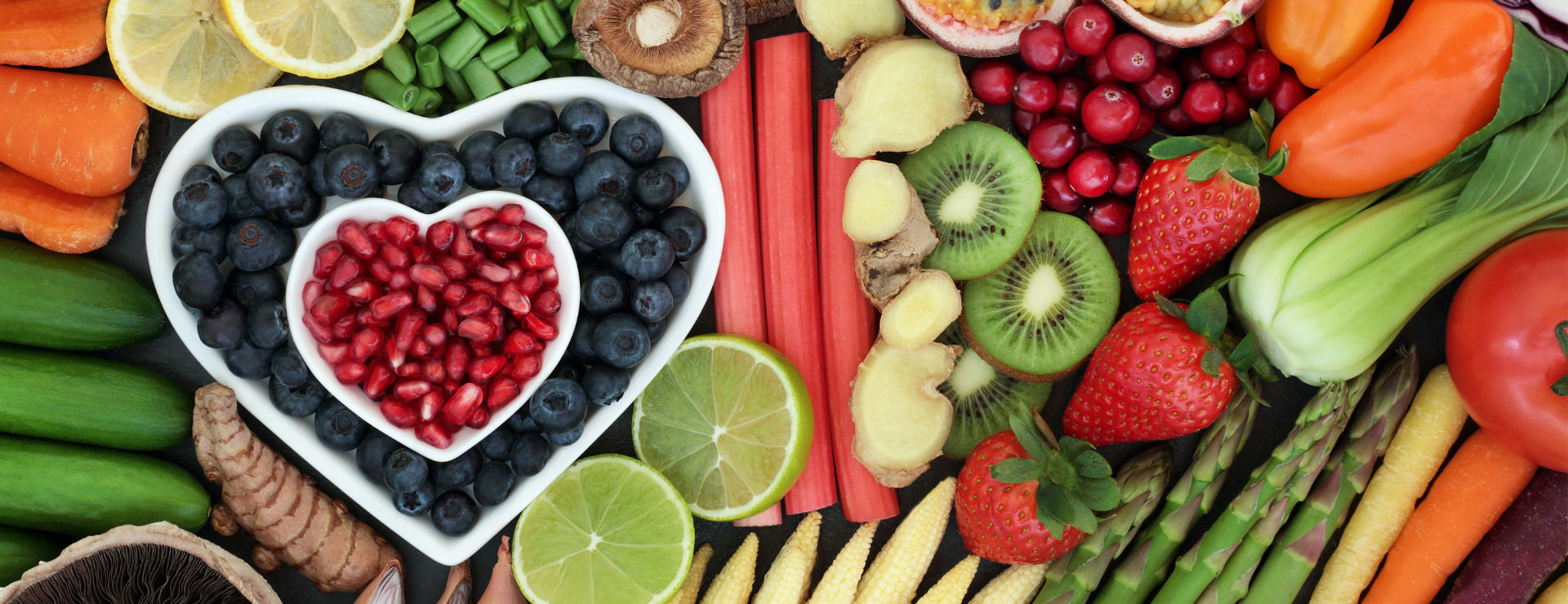National Healthy Eating Week – what can you do in a week?
Blog Health News 13th June 2022
Healthy Eating Week has been helping and inspiring people to lead healthier lives by providing nurseries, schools, universities, workplaces, health centres, communities and individuals with a wide range of free activities and resources.
If you want to eat healthily but are lacking in willpower, or get overwhelmed by the huge amount of information out there, why not start by adopting 3 simple improvements in support of National Healthy Eating week?
- Hydration
Aim to drink 6-8 glasses of water. A handy tip is to always keep a bottle of water or herbal tea on your desk and sip throughout the day. - Fruit & vegetables.
It is so easy on a standard Western diet to get to the evening and have no veggies at all. Can you include some fruit at breakfast and more veg at lunch or as snacks? Eating a variety of multi-coloured fruits and vegetables will provide you with a wide spectrum of nutrients and fibre. For example: orange foods (e.g. carrots, butternut squash, sweet potato) are full of beta-carotene (a powerful anti-oxidant); green leafy veg (e.g. spinach, kale, chard) are packed with vitamins and minerals which can help blood pressure, cholesterol and cognitive function and purple foods (e.g. red cabbage, aubergine, blueberries) are high in anthocyanins which have anti-inflammatory properties.Consider whether you can add vegetables to your favourite meals this week, and aim for 2 portions of fruit per day. Some good choices would be berries, which are particularly high in anti-oxidants, bananas are a good source of fibre and potassium and apples/pears are a good source of pectin which can help maintain healthy gut bacteria. - Healthier carbohydrates.
So many of us rely on stodgy, refined carbs such as bread, pasta, bagels, wraps, or pizza. These often leave us feeling bloated and sluggish and offer little nutritional value. Can you cut back on them and fill up with more nutritious complex carbs such as oats, sweet potatoes or root veggies like parsnips/carrots/beetroot/sweet potatoes.A classic family favourite is spaghetti bolognaise. Can you make yours healthier by limiting the pasta to a handful; the meat to a palm-sized portion and adding a handful each of carrots, kale and broccoli or adding a large side salad?
Article provided by Jo Brown, Nutritional Therapist (www.jobrownnutrition.co.uk)
Media & Press Enquiries
Peter Snuggs
Sales & Commercial Director
mediaenquiries@kims.org.uk